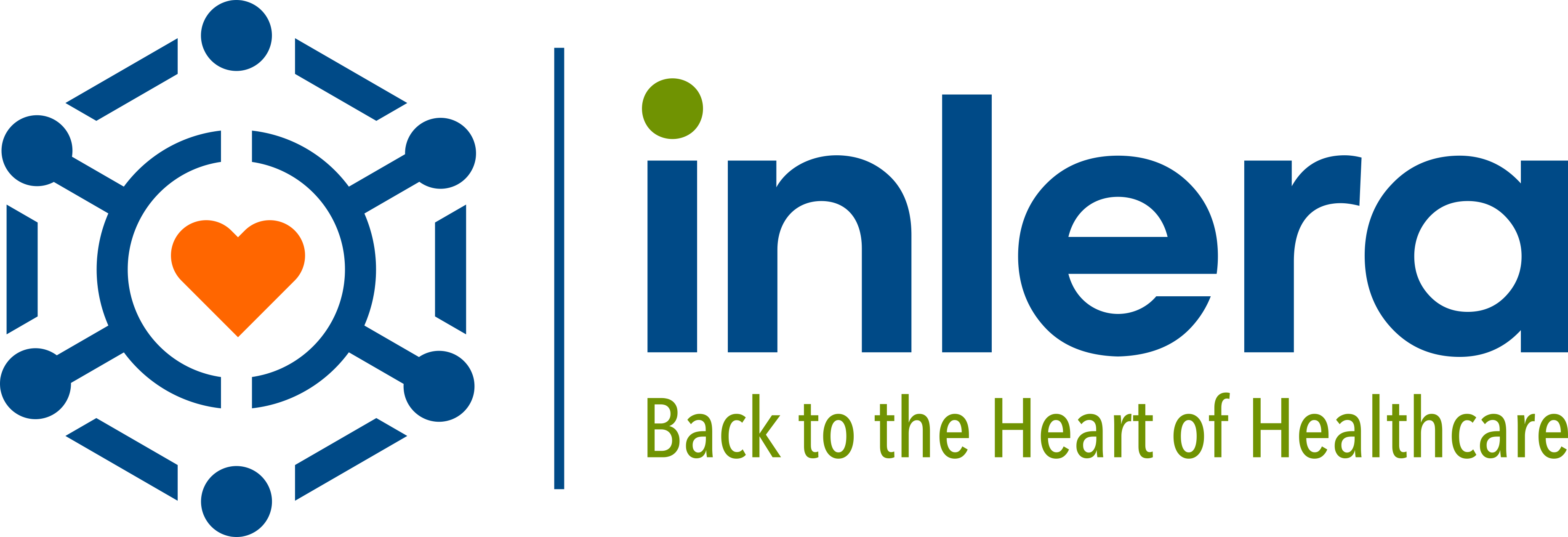
The first revenue-generating tool in a doctor’s pocket is a great performing front desk. It’s so important to make sure they are effectively capturing data when patients come into your office…but are they capturing the right data?
In a perfect world, it would be great to capture every relevant piece of data on our patients. But that’s not always realistic, right? When there are patients around, phones ringing, and providers are coming up asking questions, it’s not always realistic to think the front desk will perfectly confirm every single field on a patient’s intake form.

At IPS, we’re all about realistic solutions. The front desk may not be able to make sure every field is perfectly filled out, but they can and should make sure the most important fields are filled out.
When it comes to insurance claims, there are five fields you absolutely, positively must have correct in order for your claims to be processed. Make sure your front desk checks these fields and matches them with patients’ driver’s licenses and insurance cards.
Here are the most important fields for revenue retention, and where to confirm them:
Address — Driver’s License
Make sure to verify the patient’s proper billing address, the address that they’re utilizing for bills and such.
It’s also important to know their preferred mailing address, where they’re going to be checking their mail.
If the front desk sees something different on a driver’s license from that patient’s paperwork, make sure to confirm which address should be used for each of these fields.
Date of Birth — Driver’s License
Date of birth is another big one that insurance companies need to process a claim. We’ll usually match this against the patient’s driver’s license.
Name — Insurance Card
This is a big one! You need to make sure the first and last name (and middle, if they use one) in your system matches what’s on the patient’s insurance card. When you go to pursue a claim in collections, you don’t really have a legal standing if you’re using a different name than the one insurance companies have on record.
A discrepancy happens sometimes if a nickname is involved. We see this all the time with a name like Billy. Is his name Billy, Bill, or William? Regardless of what the patient likes to be called, make sure the name in your file matches what’s on the patient’s insurance card.
This discrepancy also happens when a patient gets married. Sometimes, a woman’s insurance card will have her married name when she’s never legally changed her name. In this case, we recommend hyphenating your patient’s name in the system.
The bottom line: if the insurance card does not match a patient’s legal name, go with what the insurance company has on file.
Name (Part 2)
One more thing to take note of for insurance cards is if there are multiple people on a policy. On mine, for example, we have a lot of people included on our insurance policy, including myself, my fiancé Chris, and our children. And Chris’s name is the only one on the card.
If I were at a doctor’s office and handed this card to the front desk, they wouldn’t know what name the insurance record has for me. So if you notice something like this when the patient’s in the office, you must ask them for the proper name that the insurance company has on file.
Social security — Ask the patient!
One question we get a lot from our providers is whether they should ask patients for their social security numbers. And our answer is always a resounding YES!
My recommendation is to give patients a form when they come into your office to provide their social. Many portals aren’t secure enough to capture this type of information. You can’t make it a requirement for patients to share this information, but most people are willing to give it to you.
Having a patient’s social security number is really helpful in the collection process if they owe you money.
Emergency contact — Ask the patient!
You can go even deeper and make sure you have an emergency contact, because that’s also helpful in the collection process. Not many people know that.
It’s not like you can only call a patient’s emergency contact if they pass out in the office! You can use it for collection purposes too.
If you’re calling for collections and the patient’s number is disconnected, you can call the emergency contact person to ask for additional ways of contacting the patient. And it’s very helpful to have a backup method to get in touch with the patient.
Quick tip
One thing I recommend is for practices to take a screenshot of a patient intake form and highlight these five key areas on the form. A highlighted screenshot allows the front desk to quickly find and verify the sections that need to be matched with the driver’s license and the insurance card. It makes the process a little easier and facilitates accuracy, even when things get hectic during a busy day.
How does your front desk check for these fields? What other tips do you have to make it easy for them to confirm this information? Do you have any other fields that your front desk absolutely must check? Let me know your thoughts in the comments!
In our white paper, 5 Strategies to Accelerate Cash Flow & Increase Profits, we share many more secrets for building a profitable practice. If you want realistic, easy-to-implement strategies like this one, click here to download your free copy.

Jasmine Vializ is the President and CEO of Inlera, a billing and practice management company designed to increase the quality of healthcare by helping doctors to prioritize their patients while boosting their bottom line.











